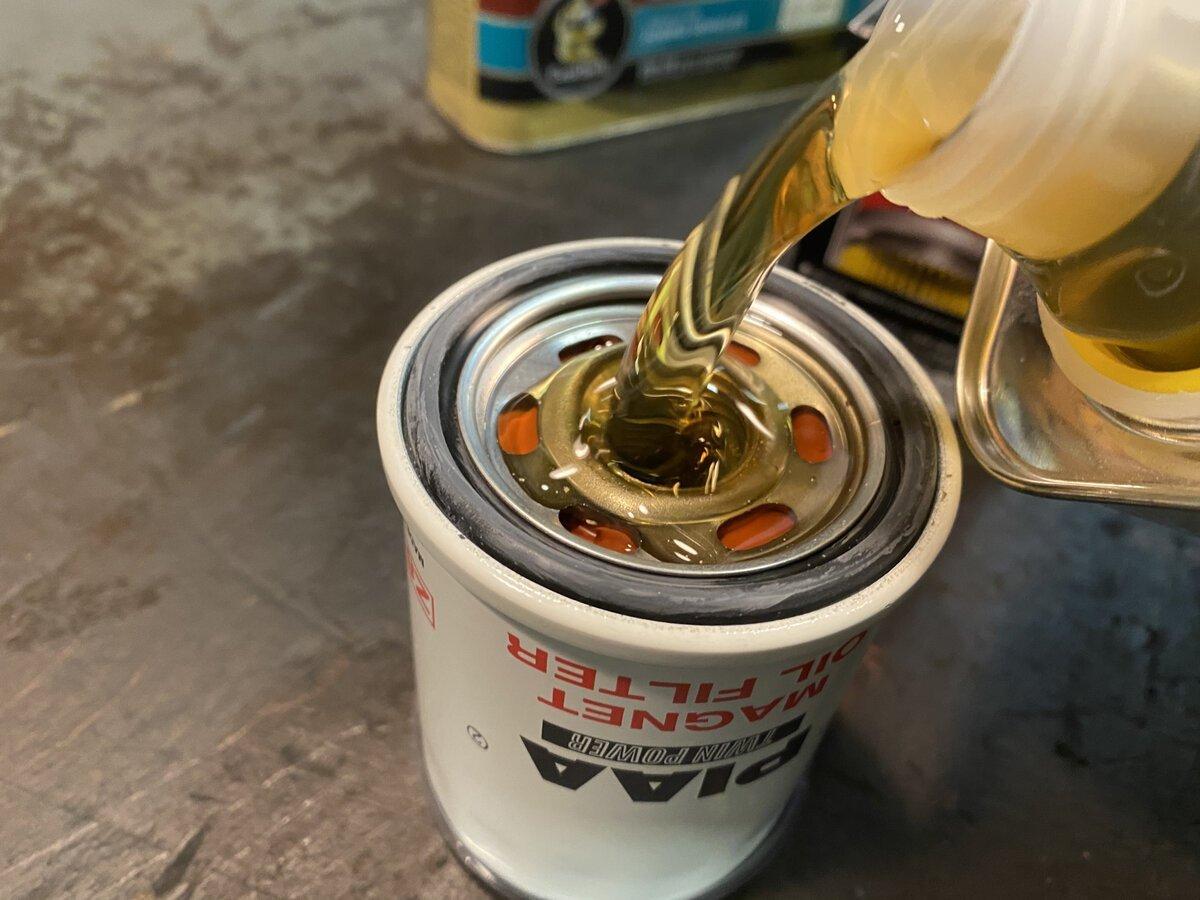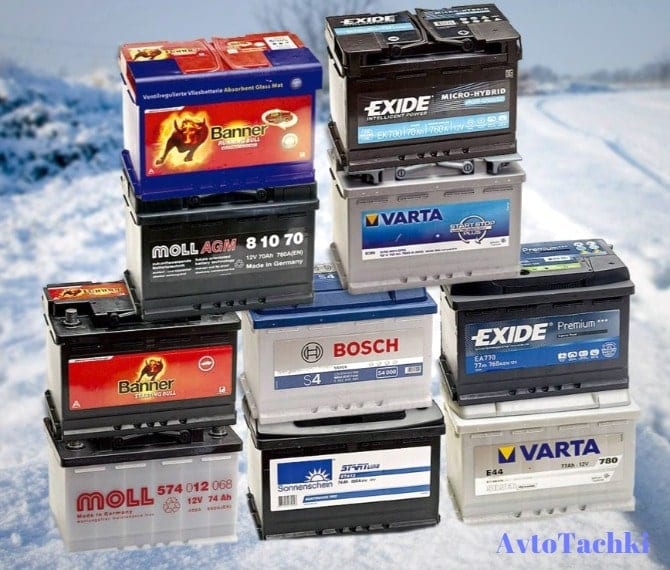
Oils don't like frost
 All automotive lubricants are temperature dependent. The viscosity of oils increases with decreasing temperature, and vice versa.
All automotive lubricants are temperature dependent. The viscosity of oils increases with decreasing temperature, and vice versa.
Designers, designing the mechanisms of the car along with their lubrication system, try to generally exclude the contact of the interacting parts with each other. The fact is that in any situation a thin layer of oil remains between them, the so-called oil film. Though  The oil layer is microscopic, it is what makes engines and gearboxes durable up to hundreds of thousands of kilometers, or many thousands of hours of operation. On the other hand, mechanisms without lubrication (even an engine without oil) break down in a matter of seconds. The mechanism is under the most stress when it gets very hot. Thus, the designers select the parameters of the device and the lubrication so that the lubrication is of the highest quality during the most severe operation.
The oil layer is microscopic, it is what makes engines and gearboxes durable up to hundreds of thousands of kilometers, or many thousands of hours of operation. On the other hand, mechanisms without lubrication (even an engine without oil) break down in a matter of seconds. The mechanism is under the most stress when it gets very hot. Thus, the designers select the parameters of the device and the lubrication so that the lubrication is of the highest quality during the most severe operation.
cold problem
Unfortunately, the oils chosen for operation at high temperatures are definitely too viscous when starting the car, and in winter this situation is even critical. The difference, sometimes more than 100 degrees Celsius, is very large for modern lubricants. At sub-zero temperatures, the first ten seconds after starting, the engines run practically without lubrication, and the first minutes (until they warm up) are subject to the greatest wear. On the other hand, in "cold" boxes it is difficult to shift gears, which may not lead to breakage, but is very troublesome. In addition, the movement of cooled mechanisms requires a lot of energy, which unnecessarily increases fuel consumption.
Today, so-called all-weather lubricants are used. However, their viscosity is highly dependent on temperature, but this variability is limited. Therefore, the oil viscosity marking currently consists of two parts - “winter” and “summer”.
Simple marking
SA-E marking is used almost all over the world. Engine oil packaging has, for example, the following markings: 15W-40, 5W-40, 0W-30, etc. More important is the second part, which indicates the viscosity of the oil when operating at normal operating temperature (100 degrees C). assumed here). In this regard, it is absolutely necessary to follow the recommendations of the vehicle manufacturer.
The first part of the index, denoted by the letter W, denotes "cold" viscosity. As you know, the less the better. So, more and more modern oils have ever lower "winter" viscosity. While "15W" is the standard value for mineral oils, "0W" is already common in the expensive synthetic oils group. Of course, this does not mean that this oil does not have stickiness, quite the contrary. The less viscous the oil in a cold state, the easier it is to start, the lower the fuel consumption and the engine as a whole.
Same with gear oils. Nowadays, synthetic all-weather oils are also becoming more common. Then the viscosity definitions are also in two parts, eg SAE 75W-90. This designation, although similar to that used for engine oil, covers a completely different viscosity range. However, the principle is the same - if, for example, an automaker requires an oil with a viscosity of SAE 90, then a 75W-90 product will do.
Not only stickiness
The viscosity rating does not tell you everything about a lubricant. In addition to it, the so-called oil quality class. It is also different for engine and transmission oils and must also be strictly observed. First of all, let's remember one thing - it makes no sense to judge the "goodness" of an oil by its viscosity when cold, in a bottle. Use products with parameters recommended by the vehicle manufacturer.
